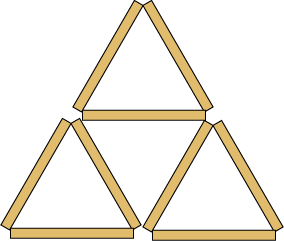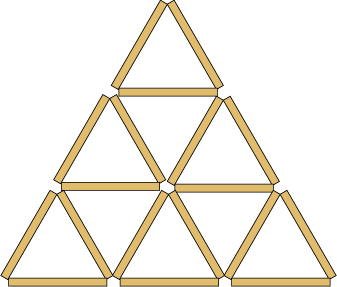Cedar class learning for 08 JUL 2020
English: LO: to create a formal review.
Over the course of the rest of the week I would like you to write a review of a different type of product or service each day. I will tell you what you will be reviewing, who the intended audience will be, and where the review will be being published; you’ll have all of the information you need to plan the type of language you will use and the level of formality/informality you feel is appropriate.
Today’s review:
What am I reviewing? – The sofa or your bed you have at home.
Who will be reading my review? – Adults who are looking to buy a new sofa or a new bed for their child.
Where will my review be being published? – A website which sells sofas and beds.
What will the possible impact of my review have? – If you give the product a good review, adults will spend money on the bed/sofa you recommend; their children will have to use this sofa/bed for at least a few years of their lives. If you give it a bad review, the product will be purchased less and the manufacturer could lose business and money.
Maths: LO: to find a pattern in a problem.
Today I would like you to try and find a pattern in the below problem. This will really test your thinking skills and you will need to take your time with it. Drawing a table will help you to record your results so you don’t forget what you have already done! Have a go and see what patterns you can find. You do not have to use match sticks (or cocktail sticks) – drawing lines will do just as well.
I was exploring a puzzle in which headless match sticks had to be moved to make a different number of triangles. I made one small triangle
 |
3 matches |
I made it into 4 small triangles by adding 6 matches.
 |
9 matches |
I added another row and counted the number of small triangles and counted the matches.

I made a table of my results and continued adding rows. I found many patterns.
Find a good way to record your results. See if you can predict the numbers for rows of triangles you have not drawn.
When you have done all you can with triangles, see if you get the same sort of results with squares. Then think of other shapes which might make number patterns as they grow.


